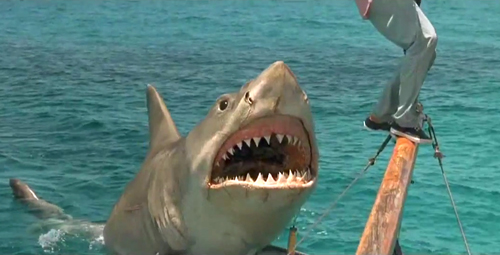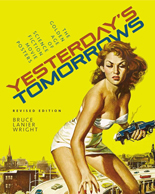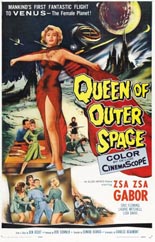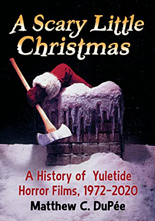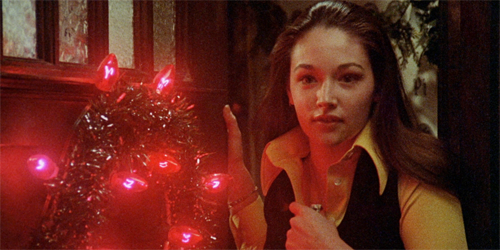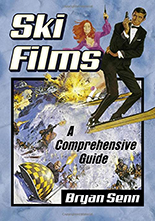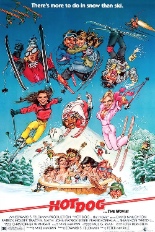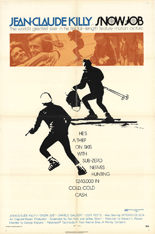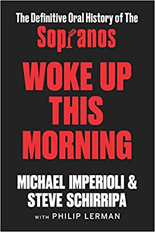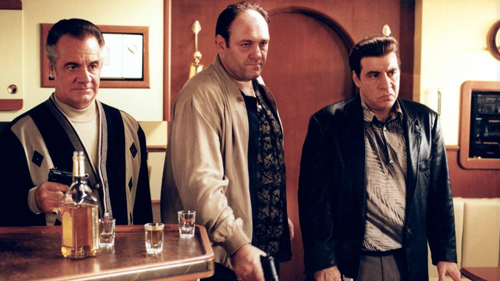
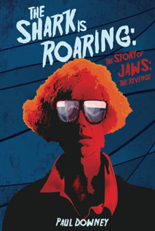 Paul Downey’s The Shark Is Roaring achieves the impossible: making me want to rewatch Jaws: The Revenge. Subtitled, simply enough, The Story of Jaws: The Revenge, the BearManor Media trade paperback dives deep deep deep into everything you never knew about the 1987 sequel because, well, who wanted to?
Paul Downey’s The Shark Is Roaring achieves the impossible: making me want to rewatch Jaws: The Revenge. Subtitled, simply enough, The Story of Jaws: The Revenge, the BearManor Media trade paperback dives deep deep deep into everything you never knew about the 1987 sequel because, well, who wanted to?
Obviously, Downey did. Even if, like me, you dislike or perhaps downright loathe the franchise-killing third sequel, its backstory is undeniably entertaining; there’s more to tell than Michael Caine’s oft-repeated crack about the house he earned for time served. As the author details, the project was a rush job with a mere nine-month turnaround to meet the cart-before-horse date Universal had staked in 1987’s summer-movie calendar. Initial chapters weigh too heavily on a press kit-style recitation of facts and figures before getting to the good stuff of shooting down rumors and amplifying lesser-known info. Hey, who knew Miracle Mile’s Steve De Jarnatt was hired to write a script?
Reviews of Revenge were — how to put this? — unkind. Downey reprints excerpts of critical reaction for the record, your honor, with Roger Ebert’s diss of the shark looking like “canvas with acne” being particularly choice. Even Jaws: The Revenge director Joseph Sargent gets his own licks in, via an existing interview: “How do grown men with rather good credentials in terms of their training, their worldliness, how do we get involved with something that idiotic? It still puzzles me.”
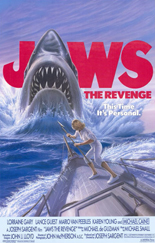 Downey offers oodles of differences between the script and screen, as well what changes between the feature’s various cuts. For example, a BBC broadcast in an improper ratio inadvertently revealed wires and other nuts-and-bolts evidence never meant to be glimpsed; meanwhile, the AMC cable cut carries a title card seemingly written by Criswell: “When there is no factor motivating an event, no case of cause creating effect; what triggered the action? Fate or circumstance?” Such a philosophical/metaphysical question surely was better suited for Hank Searls’ infamously voodoo-driven novelization, also discussed at length.
Downey offers oodles of differences between the script and screen, as well what changes between the feature’s various cuts. For example, a BBC broadcast in an improper ratio inadvertently revealed wires and other nuts-and-bolts evidence never meant to be glimpsed; meanwhile, the AMC cable cut carries a title card seemingly written by Criswell: “When there is no factor motivating an event, no case of cause creating effect; what triggered the action? Fate or circumstance?” Such a philosophical/metaphysical question surely was better suited for Hank Searls’ infamously voodoo-driven novelization, also discussed at length.
I wish The Shark Is Roaring carried a narrative throughline, but at least its topic-organized contents makes it a breezy, in-and-out read for lunch hours. Late chapters veer into Jaws cash-in video games and post-Revenge shark movies. Unfortunately, among these pages is an overly snide guest chapter from podcaster and moviemaker B. Harrison Smith, delivering a “fuck you” (his words) to the film. That the writer and director of Zombie Killers: Elephant’s Graveyard rants about “demanding better of our entertainment” than this “lowest of shit food” delivers is hypocritical at best, and sours Downey’s otherwise fairly fun party. —Rod Lott
Get it at Amazon or BearManor Media.

